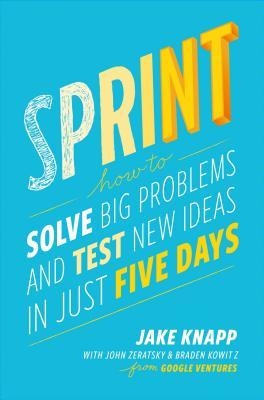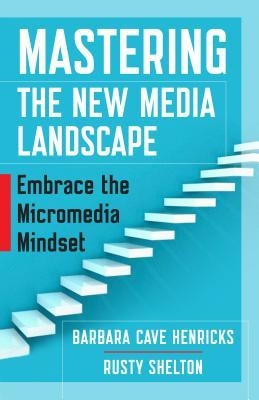

“Sprint: How to Solve Big Problems and Test New Ideas in Just Five Days” by Jake Knapp with John Zeratsky and Braden Kowitz (Simon &Schuster, $28).
When facing problem-solving and evaluating opportunities, too many businesses waste too much time getting ready. Knapp, the creator of Google Ventures’ sprint process, believes getting started trumps getting ready. It’s especially true for small businesses because reaction time affects both their core focus and limited financial resources.
Here’s a snapshot of his workweek process:
Monday – Start at the end by asking why and when. Craft “what has to be true” questions you’ll need to answer to define how.
Then set your goal by developing a simple process map that incorporates your answers. Mapping starts with identifying the players and their roles; it ends with the goal. Fill the space in between with words and directional arrows tied to process execution. Use the expertise of your team and other stakeholders to add “how might we” detail to the map.
Tuesday – Share the map with them and ask them to use Post-it notes to add more comments about the processes and steps involved. Their ideas provide a wealth of material you can use to “remix and improve.” It also develops buy-in.
Wednesday – Gather the team around the map to discuss their various ‘how and if-then’ steps in the process. The goal: Select the alternatives to those that have the best chance of reaching the goal. Create storyboards (i.e. step-by-step plans) for the semifinalists. Review the storyboards and choose the winner.
Thursday – Create your execution prototype. You won’t be able to cross every t or dot every i, but you’ll be able to show it to those (internal and external stakeholders/customers) affected by goal attainment.
Friday – Knapp suggests using team interviews to obtain feedback from five sources.
When the team sees the perspectives of those most affected, they’ll be able to adjust both what’s working and what isn’t. With adjustments made, the prototype becomes an executable template.
Key takeaway: The faster you implement, the more time you’ll have to focus on execution — and other aspects of your business.
“Mastering the New Media Landscape – Embrace the Micromedia Mindset” by Barbara Cave Henricks and Rusty Shelton (Berrett-Koehler Publishers, $17.95).
Micromedia (n.) Internet-based sources (e.g. websites, blogs, podcasts, webinars, newsfeeds, apps, etc.) that provide useful information to consumers every day.
Why is it important to businesses? It allows them to become their own media outlet; they no longer have to rely upon and pay an intermediary to broadcast their message.
The authors’ advice for micromedia newbies: Owning your media isn’t about self-promotion.
It’s a way to reach an audience constantly seeking information it can use.
Familiarize yourself with online media offerings. Start by looking at the sites you regularly go to for business information and asking yourself why they attract your attention and keep you coming back.
Surf to find similar sources, especially those dealing with your industry’s consumers to see what they offer.
If the sites use outside material in their content (i.e. experts, interviews, reviews,) think about how you could approach them about sharing a credible message. Relative to social media outlets, learn their rules for posting material.
Focus on your niche and the value you can add to its audience. People return to sites because they value customized, spot-on information. Most such sites are small.
Once you get your message “heard” on these sites, you’ll have to track its traction through feedback. Monitor your releases.
Every comment, tweet, retweet, like, etc., offers clues into what your audience values.
By responding, you solidify your standing with the audience, and it will help spread your message.
The authors provide site-specific advice on numerous micromedia outlets.
Jim Pawlak is a nationally syndicated reviewer of business books.






